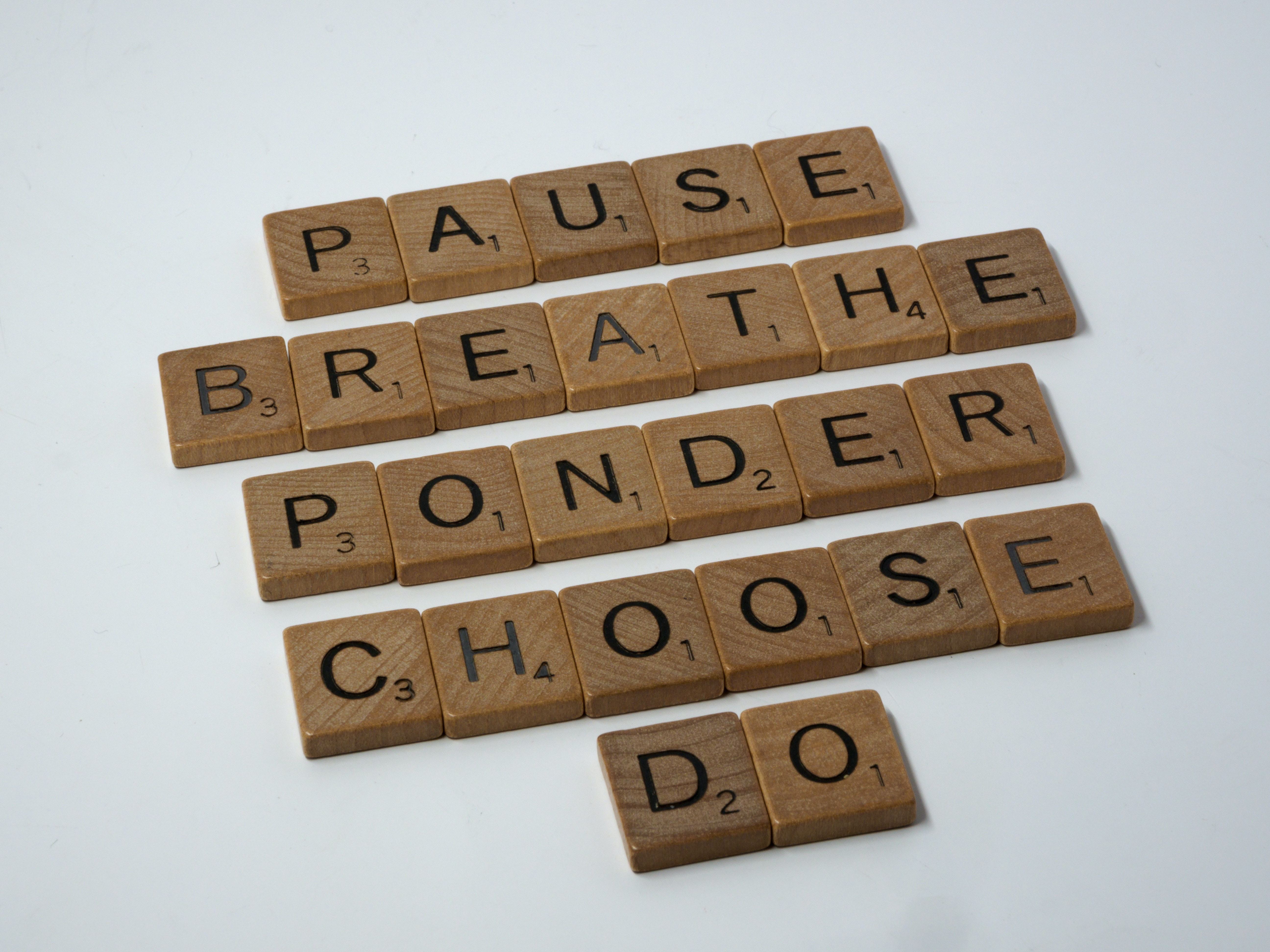Instructional Control: Do’s and Don’ts

Instructional control is another important method used in various therapies at Sunshine Center. During and after pairing, your child’s therapist will work to establish instructional control—but what does that mean? Instructional control can sound somewhat intimidating, but what it really means is that you follow through with your demands and your child believes that you mean what you say.
Here are some “do’s” and “don’ts” to help you understand and utilize instructional control:
Do…
Give a direction in the form of a statement. Say, “Push in your chair.”
Don’t…
Give a direction in the form of a question. Don’t say, “Can you pick up your toys?” When you pose your direction as a question, you are giving your child the opportunity to say, “no.”
Do…
Use a prompt if your child does not follow the direction the first time. Following through by prompting shows your child that you mean what you say and expect a certain behavior when you give a direction or ask a question.
Don’t…
“Nag” your child without follow through. For example, if you tell your child, “Stand up” and instead of helping your child to complete your direction, you repeat, “Stand up”, “Stand up”, “Stand up”. When you continuously repeat your directions without a prompt, it can teach your child to ignore you or become dependent on the direction being given multiple times.
Do…
Tell them when they’re doing what you want. Say, “Thanks for looking at me” or “I love when you follow directions!”
Don’t…
ignore when they’re doing what you want and tell them when they’re not. It’s important to make sure you’re providing praise, attention, and positive interactions for the things that you want your child to do. When we only correct them for things that we don’t want children to do, it can lead to more negative behaviors and decreased instructional control.
Do…
Say what you mean. Be clear with your instructions. Say, “It’s time to go to bed” or “Bedtime is in 10 minutes.” Use a firm but neutral voice. Model the behavior that you want your child to follow.
Don’t…
Use empty threats such as, “I’m going to throw all of your toys away if you don’t clean up right now!” Don’t give unclear directions or contingencies like, “Maybe it’s time for you to go to bed.” Don’t yell or raise your voice; this only teaches your child to respond the same way. Don’t model inappropriate behavior and expect your child to behave differently.
Further reading: 6 Helpful Tips to Manage Unwanted Behaviors
Bribery vs. Reinforcement: What's the Difference?
Photo courtesy of Brett Jordan
Anna Richardella, Edison Center Supervisor
Anna Richardella joined the Sunshine Center team as the Edison Center Supervisor in February of 2020. While babysitting for a child with autism, she developed a passion for working with children with special needs and began providing childcare and adapted community services to families. Anna earned her bachelor’s degree in Communicative Disorders and a minor in French language from West Chester University. After falling in love with Applied Behavior Analysis while volunteering in college, she earned her master’s of Psychology with a concentration in Applied Behavior Analysis from Capella University. She has provided services in a variety of settings including schools, centers, home and community and has worked as an instructional aide, ABA therapist and, most recently, BCBA for children with autism and developmental delays and disorders.
